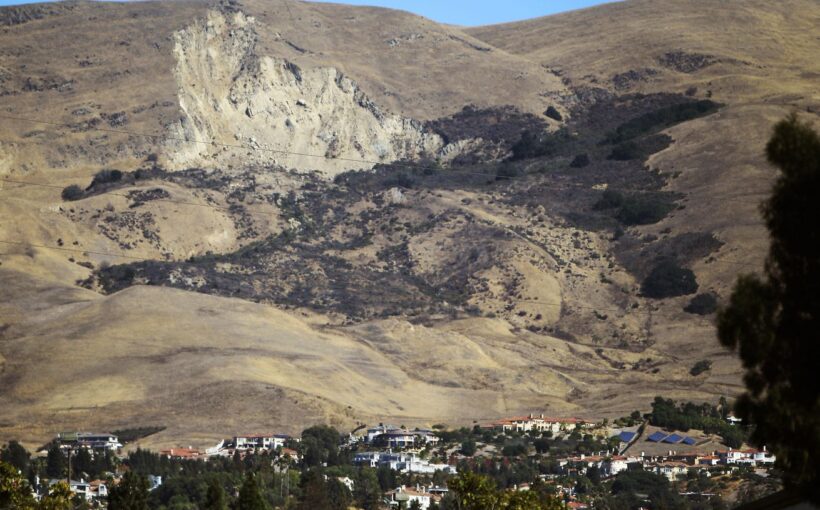
El Niño is on its way, and when the warm weather pattern arrives, it could take a $3 trillion toll on the global economy, according to new research. That estimate is based on damages inflicted by El Niño in previous years, plus forecasts pointing to a potentially supercharged event this year.
El Niño influences weather across the world when it forms — potentially fueling more severe floods in places while worsening drought in others. Within the US, for example, it can trigger a wetter winter in the southern half of the country but more hot and dry weather farther north. Earlier this week, a warning came from the World Meteorological Organization that this year’s El Niño, combined with climate change, could “push global temperatures into uncharted territory.”
Typically cycling back every two to seven years, El Niño is expected to develop sometime between May and July this year. If that forecast comes to fruition, this year’s El Niño could cost the global economy up to $3 trillion in damages through 2029 compared to a scenario without the weather pattern developing, according to the study published this week in the journal Science.
The study authors from Dartmouth found that El Niño tends to hold back countries’ economic growth for years after the event has passed. They analyzed the economic fallout from the 1982–83 El Niño and discovered that it led to $4.1 trillion in global income loss over five years. Another El Niño that took place between 1997 and 1998 cost the world $5.7 trillion in income losses.
The stress of these events was felt unevenly across the world. The US saw its GDP dip by 3 percent even five years after each El Niño, compared to a scenario without the weather pattern developing. Tropical countries including Peru and Indonesia that are more vulnerable to the effects of El Niño saw their GDPs fall by more than 10 percent.
“We can say with certainty that societies and economies absolutely do not just take a hit and recover,” Christopher Callahan, a Dartmouth PhD student and lead author of the research, said in a press release.
There are already signals that the next El Niño could be particularly intense. The event is just one part of a recurring climate pattern that includes a cooler counterpart, La Niña. The world just came out of a rare three-year La Niña, which could influence El Niño and make it especially strong this year. On top of that, El Niño changes the flow of warm water in the Pacific Ocean, and sea surface temperatures have hit record highs.
“The deck is potentially stacked for a really big El Niño,” Callahan says. “Our results suggest that there will likely be a major economic toll that depresses economic growth in tropical countries for potentially up to a decade.”



